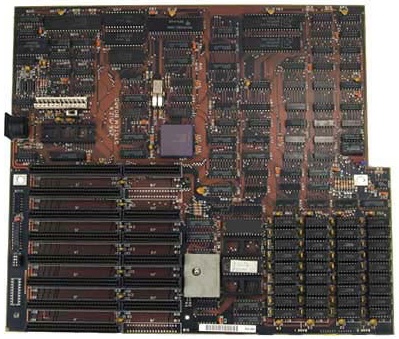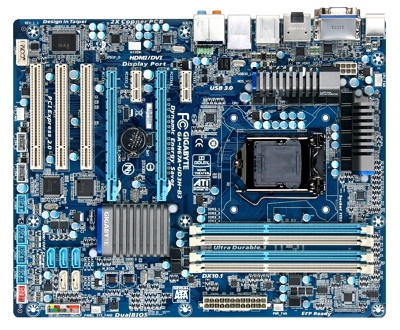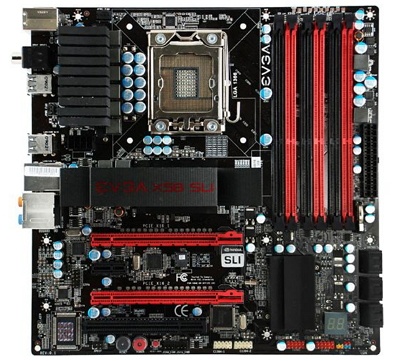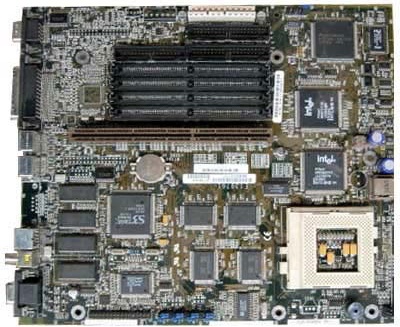When unpacking the contents of your computer, then you will find a large circuit board with a variety of computer components that are attached to it, the board is called the motherboard. So, what are the functions of this motherboard so it is said to be the backbone of a computer? And what are the types of motherboards?
Here is an explanation of the definition of motherboard and its functions and types of motherboards:
Understanding Motherboard
The motherboard (or so-called mainboard, systemboard, logic board, baseboard or mobo) is a printed circuit board (PCB) that acts as a backbone on a computer, because the motherboard provides an electrical connectivity called a bus so that all external components and devices on the motherboard it can connect.
On this motherboard all the components of the computer installed, such as CPU, RAM slot, PCI slot and USB port. In addition the motherboard also has the ability to control devices such as hard drives, DVD drives, keyboards and mice. The point is this motherboard that makes all components of your computer able to cooperate with each other.
Motherboard Function
The role of the motherboard as a computer spine is not unreasonable, because the motherboard has a variety of functions. In addition to its main function is as a medium that holds the components on the computer, the motherboard also serves to set the basic input / output system (BIOS) on the chip read-only memory (ROM). The BIOS code is a firmware, which the firmware will not lose even if the computer is off and also can not be changed by normal operating system or application software.
In addition, when you look at the motherboard there is a collection of slots that allow the use of components or external devices that can increase the flexibility of the computer itself. The device in question is the printer, keyboard, mouse, audio jack, external hard disk, or game stick. The device can be connected to a computer by connecting it directly to the motherboard using the ports that have been provided.
Types of Motherboards
Motherboards come with a variety of types and shapes, recognizing the type of motherboard you have is important, especially when you are going to build or upgrade a computer. Therefore consider the following explanation of the types of motherboards:
1. Motherboard AT (Advanced Technology)

Another problem with AT motherboards is the difficulty of installing, troubleshooting and upgrading because the distance between each component is very close.
Another version of the AT motherboard is the Baby AT Motherboard which has a smaller size of 8.5 x 13 inches. But at this time AT / Baby AT type motherboards have been very rarely used, and has been replaced by newer types of motherboards like ATX.
2. ATX (Advanced Technology Extended)

In addition to the increase in the size of the motherboard is getting smaller. ATX motherboards are also increasingly easy to use, in this case installation, troubleshooting and upgrading, as well as improvements in I / O and processor technology and system production costs. This is what makes this type of motherboard is still a popular use in 2017 this year.
3. Micro-ATX

4. LPX (Low Profile Extended)

What distinguishes this type of motherboard from another is on the riser card which is a straight-mounted card used to install an expansion slot. It aims to reduce the height of a casing, since generally the height of the computer case is affected by the expansion card itself. However, this is not recommended, as it may affect the cooling system on your computer.









No comments:
Post a Comment